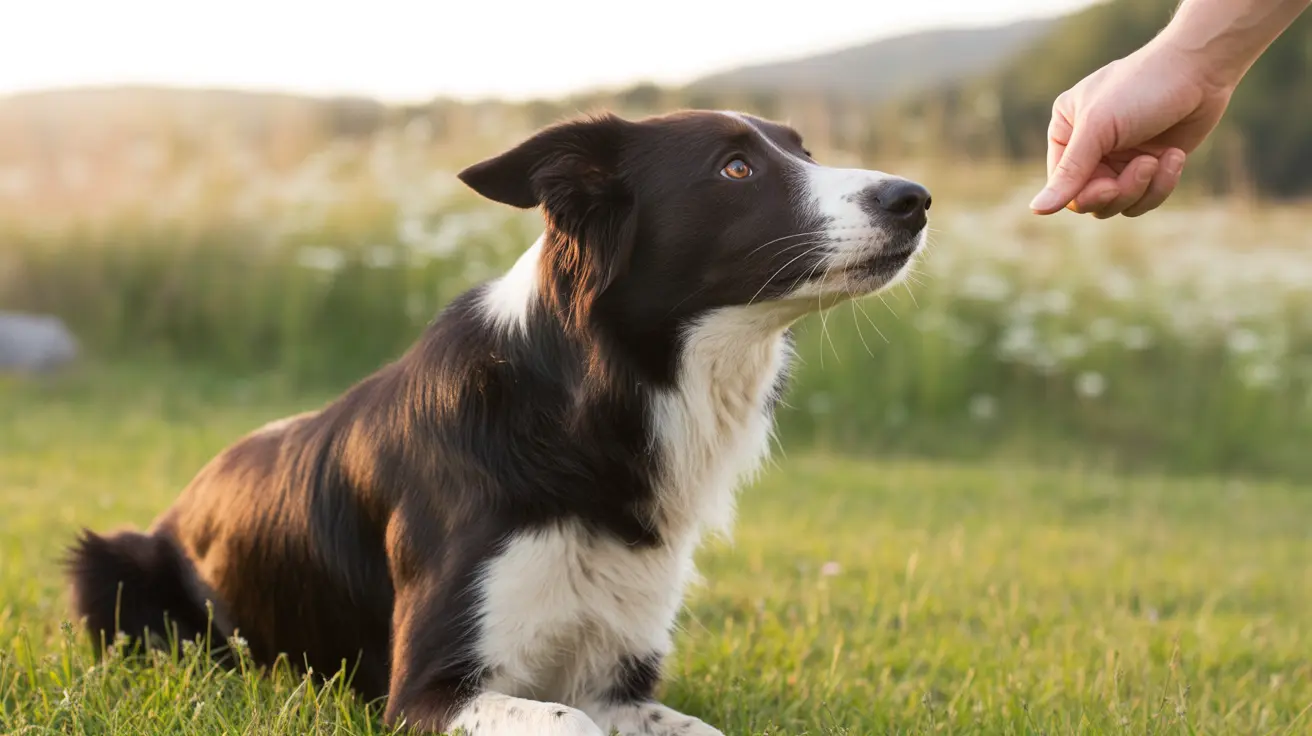Where Should a Rescue Dog Sleep on the First Night?
Bringing home a rescue dog is both exciting and challenging. One of the most crucial aspects of the first 24 hours is providing your new companion with a safe and comfortable sleeping area. The initial sleeping arrangements can have a significant impact on your dog's sense of security and ability to adapt to their new environment.
Why the First Night Matters
The first night is often the most stressful for a rescue dog. After leaving a shelter environment, they find themselves in completely unfamiliar territory. These initial few hours are essential for helping them decompress and begin to feel safe.
Tips for a Comfortable First Night
- Use a crate or confined space: Crates provide a den-like atmosphere that can make a dog feel protected. A gated section of a quiet room can work similarly.
- Minimize stimulation: Keep the environment calm and free from loud noises, new people, or other pets to avoid overwhelming your rescue dog.
- Include familiar scents: Use a blanket or toy from the shelter if possible. Dogs are comforted by familiar smells, which can ease anxiety.
- Stay nearby: If the crate is in a separate room, consider sleeping nearby or placing the crate in your bedroom to offer a sense of proximity and safety.
- Create a routine: Begin establishing bedtime routines from night one—this includes when and where your dog sleeps, feeding schedules, and outdoor breaks.
Ideal Sleeping Environment
Your rescue dog’s sleeping area should be:
- Quiet and free from foot traffic: Avoid high-traffic rooms like the kitchen or hallways.
- Comfortable: Provide a dog bed or soft crate mat, but avoid too many accessories until the dog is settled.
- Safe: Ensure there are no cords, chemicals, or small objects nearby that the dog could chew on.
Crate Training for the First Night
Many experts recommend crate training, especially during the initial transition. Here’s why crates are effective:
- They help with house training: Dogs naturally avoid soiling their sleeping area.
- They provide structure: Routines help new dogs adjust faster.
- They prevent roaming: Limiting access reduces the risk of destructive behaviors while you both learn each other's rhythms.
What to Avoid
- Letting the dog sleep in bed immediately: Though tempting, this can set unclear boundaries, especially if you decide later that bed-sharing is not ideal.
- Overwhelming the dog: Don’t introduce too many people, pets, or new environments all at once.
- Leaving the dog alone for too long: Gradually increase alone time to prevent separation anxiety.
The 3-3-3 Rule
The ASPCA recommends the 3-3-3 rule when adopting a rescue dog:
- 3 Days: Allow time for decompression. Expect some anxiety or unusual behavior.
- 3 Weeks: The dog begins to settle in, understand routines, and feel more comfortable.
- 3 Months: Full integration and bonding occur, and your dog feels at home.
Supplemental Sleep Tools
- White noise machines: These can help block out unfamiliar sounds that may cause stress.
- Nightlights: Especially useful for dogs that may be fearful of the dark or unfamiliar spaces.
- Calming sprays: Pheromone diffusers can promote relaxation.
Managing Expectations
Remember that each dog is different. Some may sleep peacefully on the first night, while others may whine, bark, or pace. Patience and consistency are the most valuable tools you can offer. If sleeping issues persist beyond the first week, consulting a veterinarian or animal behavior specialist is advisable.
Setting the Stage for Future Success
By providing a secure and structured sleeping space on the first night, you lay the groundwork for a smoother transition and long-term success. A dog that feels safe and respected is more likely to form a strong bond with their new owner and adapt to their forever home.





